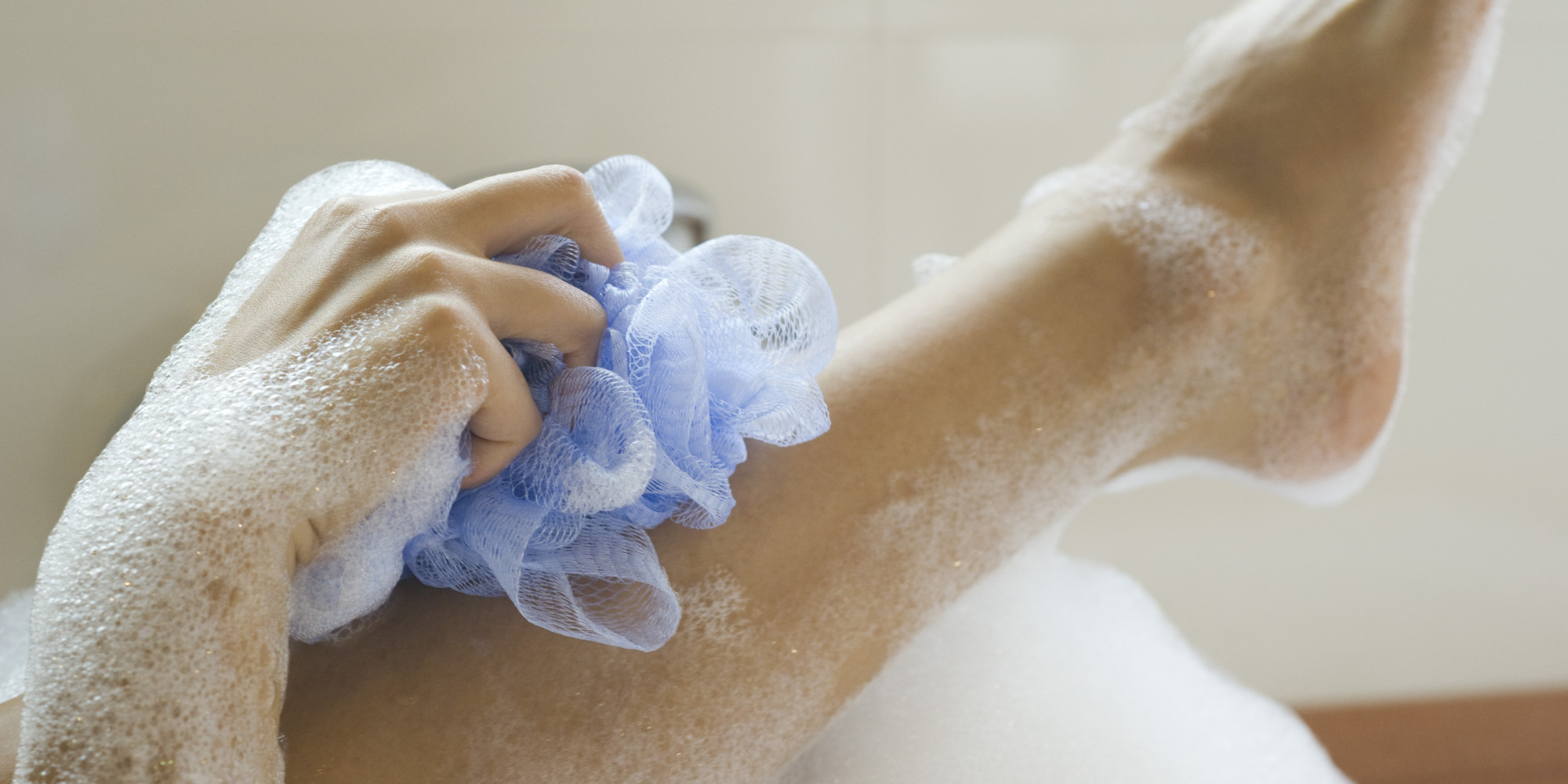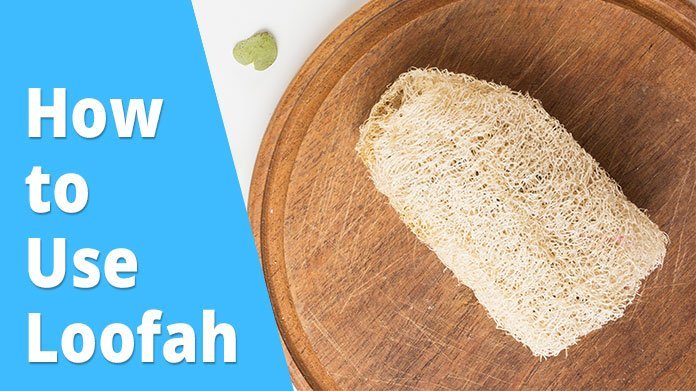Do you use a loofah in the shower if so you re washing with produce a loofah is actually a vegetable

Did you know your loofah is actually a vegetable?

If you use a loofah in the shower, you might be surprised to learn that you’re actually washing with produce. Yes, that’s right - a loofah is not a synthetic material or sponge, it’s a vegetable! This fascinating fact may have you wondering how this ordinary-looking vegetable ends up in your bathroom. Let’s dive into the world of loofahs and explore how you can even grow your own!
Contrary to popular belief, loofahs are not made from sea sponges or other man-made materials. They are, in fact, derived from the fibrous interior of the loofah gourd, also known as the Luffa plant. This plant belongs to the cucumber family and is native to tropical and subtropical regions of the world.
So, how does a loofah go from being a bumpy green gourd to a scrubby shower tool? The process is actually quite simple. When the loofah gourd is fully matured, it develops a tough and fibrous interior. After harvesting the gourds, they are left to dry out in the sun. Once completely dried, the fibrous flesh is removed, leaving behind the familiar net-like structure we associate with loofahs.

Now that you know the surprising origin of your loofah, why not consider growing your own? It’s easier than you might think! The first step is to obtain loofah seeds, which can be purchased online or often found in specialized gardening stores. Once you have your seeds, you can start by sowing them in small pots indoors in early spring. The seeds should be planted about half an inch deep, and the pots should be kept in a warm and sunny location. As the seedlings grow, they can be transplanted into larger pots or directly into your garden when all risks of frost have passed.
Loofah plants require well-drained soil and plenty of sunlight to thrive. It’s important to provide support for the vines to climb, such as trellises or fences, as the plants can grow quite tall. Regular watering is necessary, especially during dry periods, to keep the soil moist but not waterlogged.
Once your loofah gourds have reached maturity, it’s time to harvest them. This usually occurs in late summer or early fall. You can tell that a loofah is ready to be harvested when the skin turns brown and feels dry. Carefully cut the gourds from the plant, leaving a few inches of stem attached. Hang them in a cool, dry place to further dry out and cure for about a month.
After the curing process, you can remove the skin and seeds from the dried gourds, revealing the fibrous interior. This is when you can either use the loofahs yourself or give them as unique and eco-friendly gifts to your loved ones. Remember to rinse and dry your loofah after each use to prevent the growth of bacteria.
So, next time you reach for your loofah in the shower, take a moment to appreciate its journey from a humble vegetable to a cleansing tool. Now armed with the knowledge of how loofahs are made, you can even try your hand at growing your own. Whether you choose to buy or cultivate your loofah, one thing’s for certain - you’ll never look at this familiar bathroom item the same way again!
Source:
Good Housekeeping - How to Grow Your Own Loofah Sponge
Related Posts
Quick Links
Legal Stuff

